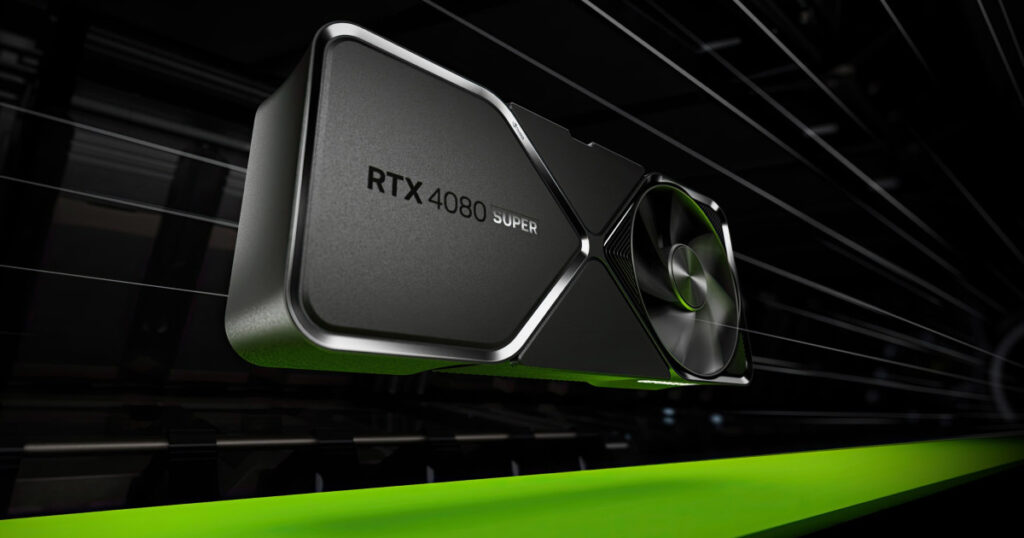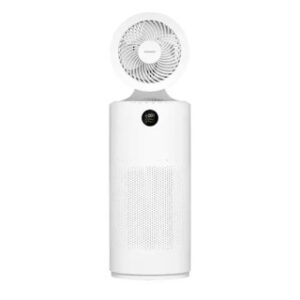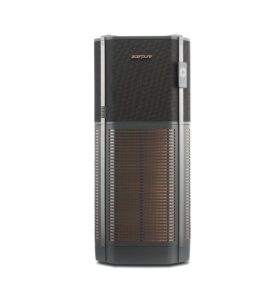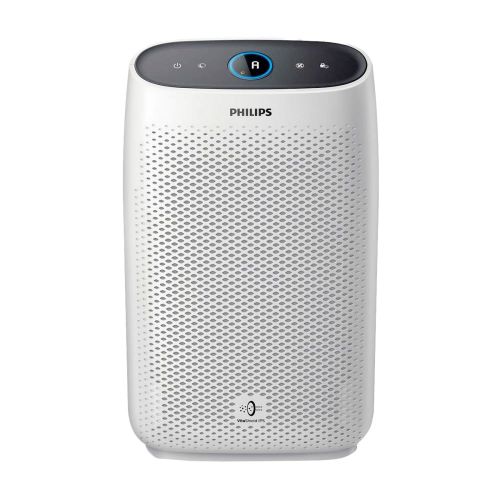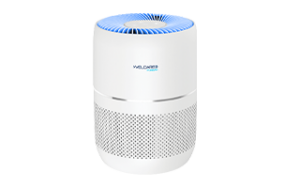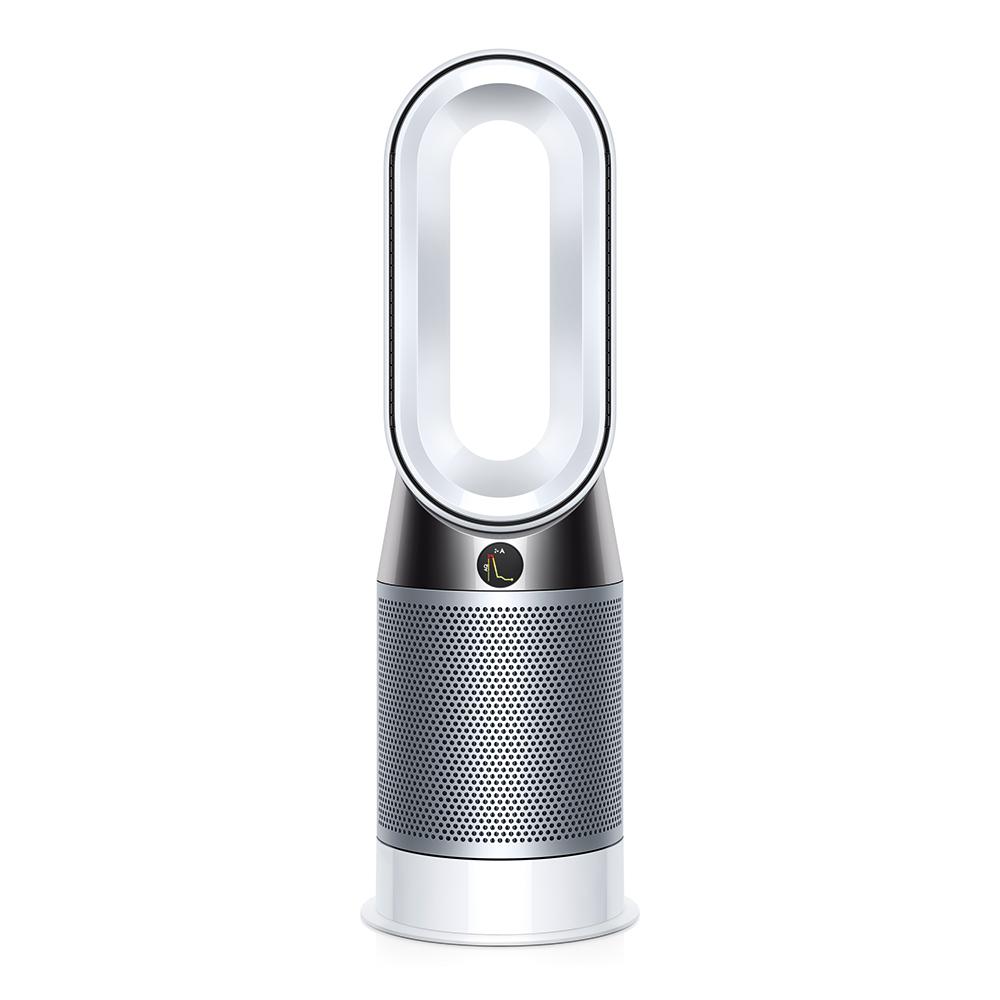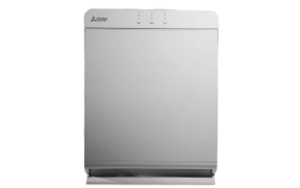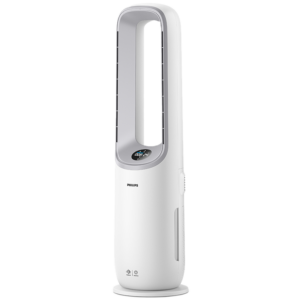A quick guide to finding the best air purifier in Australia (and what makes them the best).
Australia’s best air purifiers: reviewed and ranked
So you're looking for an air purifier, but not just any air purifier, you want the best air purifier you can get. Good choice!
Whether you're investing in a new device, or this is your first one you may be a little bit confused by all the options on the market. Don't worry, thats where we step in. We take the big questions into account while reviewing air purifiers; how much space does this cover? How much does it cost to run? How efficient are these devices really?
From these (and many other) considerations we score and rank every air purifier that we review to find you the best ones you can purchase in Australia. Don't fret if our top pick doesn't spark joy, there are a couple others worth seriously considering too.
How we pick the best air purifiers
Price
Apart from the outright price, we also compare the ongoing running costs based around electricity usage and replacement filters. The cheaper it is, the higher it scores.
Features
Features like remote control, smart app monitoring, timers, and scheduling are all taken into account.
Performance
We compare the performance specs including the filter type, coverage, how loud it gets, and it's bacteria clearing rate.
Expert testing
Every air purifier we rank is reviewed by our experts. In a controlled environment, we test things like; the time it takes to clear incense smoke from a room, the usefullness of the app, and the overarching user experience.
- Anula Wiwatowska
Home and Lifestyle Tech Editor
- Great price for the coverage
- Fast, tangible results
- App connectivity isn't worth setting up
- Can be hard to move around
Breville really does do everything, and when it comes to air purifiers, it does them well. The Viral Protext Max Purifier may have an arguably terrible name, but it has excellent performance.
Using a 4-in-1 HEPA 13 filter, this purifier is hospital grade and is tested to eliminate >99.9% of airborne bacteria. It managed to clear our test room from smoke and PM2.5 particles in seven minutes and 53 seconds, and utilises UVC LED lights (called Microbe Shielf light) to eliminate bacteria. Our reviewer found that simply having the device running on auto was enough to kick hayfever to the curb. Indoors at least.
With coverage of 138m2 it can handle a huge space, but does it for prices as low as $499 from some retailers.
Best dual-function air purifier
- Anula Wiwatowska
Home and Lifestyle Tech Editor
- Dual purpose appliance
- Fast performance
- Lightweight plastic feels cheap and not durable
- App is mid
Rated to cover a 45m2 room, and to cool up to 21m from the fan, the Cool is a good middle ground for smaller areas. With the same 4-in-1 HEPA 13 filter as its big brother the Pro UVC, the Cool is less powerful but just as effective. It took 18 minutes to clear our test room, and provided some cool air while it did it.
Two in one devices are a great option if you're space poor, or just want less stuff in your home. The Acerpure Cool 2-in-1 is an oscillating fan and an air purifier in one, and an effective one at that.
It is also a bit goofy. The fan oscillates vertically while the air purifier does horizontally, it makes the device look like it is nodding it's head. If you're one to pack bond with your robot vacuum cleaner then you'll be welcoming this one into your family.
Best budget pick
-Anula Wiwatowska
Home & Lifestyle Tech Editor
- Punches above its size and price
- Aromatherapy tray is a nice touch
- Dirt cheap to run
- No built-in air quality indicator
- Breville app only has basic functionality
Despite its tiny size and price tag, the Breville SmartAir Viral Protect packs a punch. It covers a relatively large 28m2 space for the physical size, and is able to clear our testing room of PM2.5 particles in under 20 minutes. The downside is that you won't be able to monitor how well it performs unless you invest in your own air quality monitor.
It's light indicator acts more like a mood light instead of an air quality indicator. You can pick from seven different colours and coupled with the aromatherapy tray it gives off good vibes. So good that you'll probably want to keep it on all the time, and with its super low 12watt power usage, you can do just that without sending your bills soaring.
Related Articles



